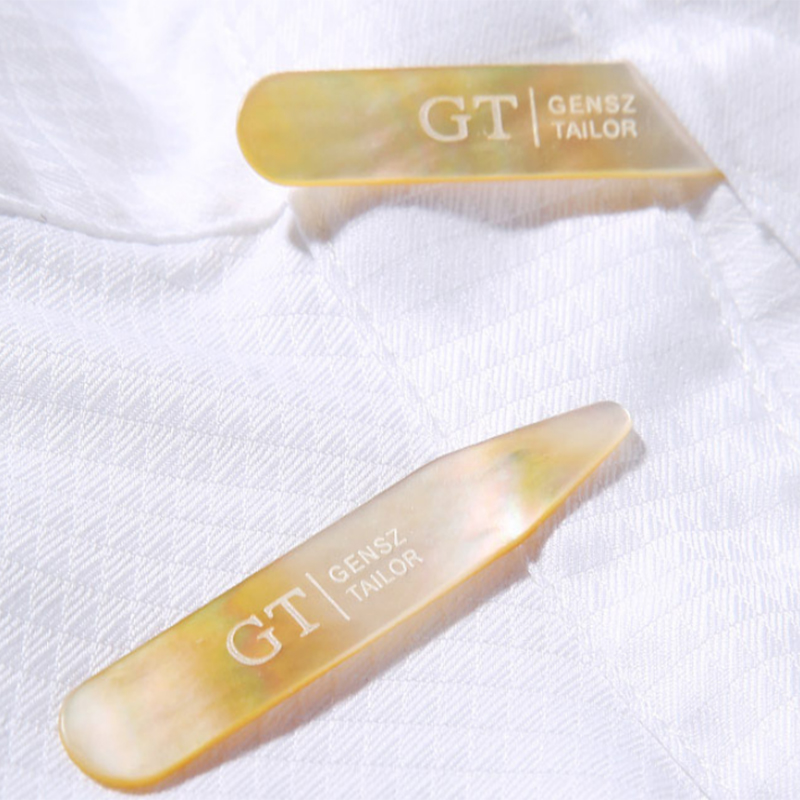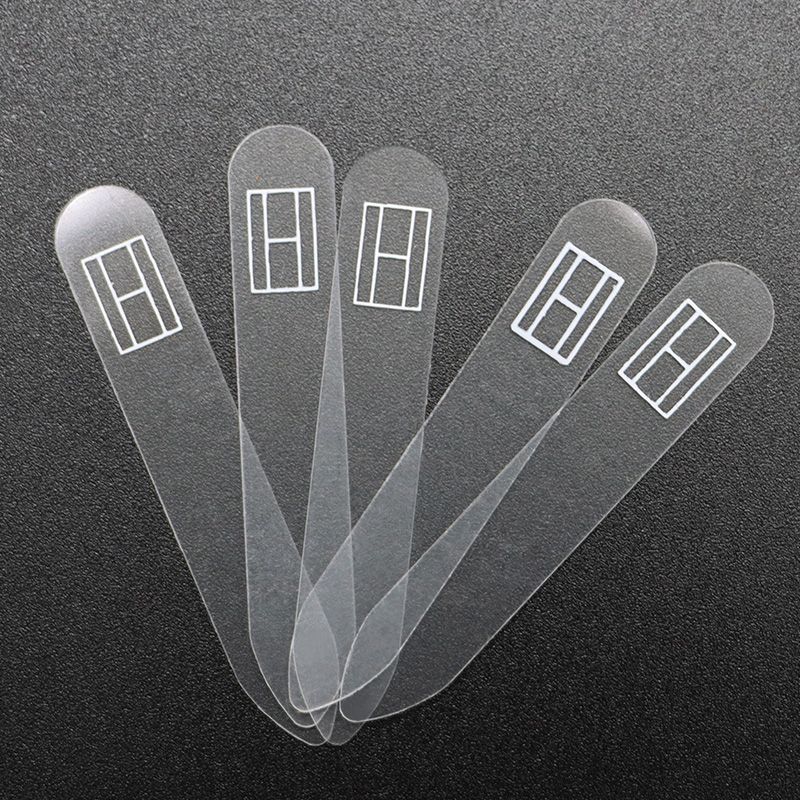What is Abalone and Paua?
Many people confuse these premium shell materials, risking poor purchasing decisions and overpaying. Lack of knowledge about these distinctive shells can lead to inferior products and missed opportunities.
Abalone and paua are marine snail species valued for their iridescent shells. While paua (Haliotis iris) is specifically the New Zealand species of abalone with distinctive blue-green coloration, abalone is the broader term encompassing approximately 100 species of Haliotis found worldwide. Both are prized for their nacre-rich shells used in decorative applications.

Polished new zealand abalone shells

polished white australia abalone

Polished mexican abalone shells
These remarkable marine mollusks have captivated humans for thousands of years with their stunning visual properties and cultural significance. Understanding their differences, characteristics, and applications can help you make informed decisions whether you’re a craftsperson, collector, or business looking to incorporate these materials into your products.
What is the Different Between Abalone and Paua?
Many buyers mistake these shells as interchangeable, resulting in inappropriate material selection for their projects. Understanding their unique characteristics is essential for proper application.
The main difference is that paua (Haliotis iris) is specifically the New Zealand species of abalone, renowned for its exceptionally vibrant blue-green iridescence and unique color patterns. All paua are abalone, but not all abalone are paua. Paua shells typically display more intense blues and greens than other abalone species.
Key Distinctions Between Abalone and Paua
Understanding these distinct characteristics helps buyers select the appropriate material:
| Feature | Abalone (General) | Paua (New Zealand) |
|---|---|---|
| Scientific Classification | Genus Haliotis (approx. 100 species) | Haliotis iris (specific species) |
| Geographic Origin | Worldwide coastal waters | Exclusively New Zealand coastlines |
| Dominant Colors | Various (silver, pink, green, depending on species) | Intense blue-green with unique patterns |
| Size Range | Varies by species (5-30 cm) | Medium-sized (10-18 cm typically) |
| Cultural Significance | Valued across many cultures | Sacred to Māori people, called "Taonga" (treasure) |
| Commercial Value | Varies by species and quality | Premium pricing due to limited supply and distinctive appearance |
While all abalone species produce nacre (mother-of-pearl) interiors, the paua’s distinctive coloration results from its unique habitat and diet in New Zealand’s coastal waters. The vibrant blue-green iridescence with swirling patterns makes paua immediately recognizable to experts and highly desirable for premium decorative applications.
From a legal perspective, paua harvesting is strictly regulated by New Zealand’s conservation laws, with size restrictions and quotas to ensure sustainability. This careful management contributes to paua’s premium position in the market and relatively higher cost compared to some other abalone varieties.
The cultural significance of paua to the Māori people cannot be overstated. For centuries, paua shells have been incorporated into traditional Māori art, particularly in the eyes of carvings where they symbolically represent the connection between the physical and spiritual worlds. This cultural heritage adds another dimension of value to authentic paua materials.
The Abalone Types and Distribution
Sourcing challenges often arise from limited understanding of abalone varieties and their geographic origins. Knowledge of different species helps secure the most appropriate material for specific applications.
Abalone comprises approximately 100 species within the genus Haliotis, distributed across coastal waters worldwide. Major commercial species include red abalone (H. rufescens) from North America, green abalone (H. fulgens) from Mexico, pink abalone (H. corrugata) from California, blacklip abalone (H. rubra) from Australia, and of course, paua (H. iris) from New Zealand.
Global Distribution of Key Abalone Species
Abalone species have adapted to specific marine environments worldwide:
| Species | Scientific Name | Primary Distribution | Distinctive Characteristics |
|---|---|---|---|
| Red Abalone | Haliotis rufescens | North American West Coast | Largest species, brick-red exterior, pearly white interior with faint pink iridescence |
| Green Abalone | Haliotis fulgens | Mexico to Southern California | Green-brown exterior, highly iridescent interior with green highlights |
| Pink Abalone | Haliotis corrugata | Southern California to Baja California | Pink-red exterior, highly iridescent interior with predominant pink tones |
| Blacklip Abalone | Haliotis rubra | Southern Australian waters | Dark exterior, silver-blue to green interior iridescence |
| Paua | Haliotis iris | New Zealand coastal waters | Blue-black exterior, intensely colorful blue-green interior |
| Ezo Awabi | Haliotis discus hannai | Japan, Korea, China | Commercially important in Asian markets, moderate iridescence |
| South African Abalone | Haliotis midae | South African coastline | Locally called "perlemoen," greenish mother-of-pearl interior |
Environmental factors significantly influence the characteristics of each species. Water temperature, available food sources, and local mineral content all contribute to the development of specific coloration and pattern intensity. Colder waters generally produce slower-growing abalone with denser, more durable shells, while warmer waters may yield faster growth but potentially less intense coloration.
The commercial harvesting of wild abalone is strictly regulated in most regions due to historical overfishing and ongoing conservation concerns. Many species are now farmed in aquaculture operations, which helps protect wild populations while ensuring a more sustainable supply for commercial markets.
Each species offers distinct visual qualities that make them suitable for different applications. For example, red abalone’s larger size makes it ideal for substantial decorative elements, while paua’s intense coloration makes it particularly valuable for fine inlay work and jewelry where visual impact is paramount.
The Usage History of Abalone and Paua
Many are unaware of these shells’ rich historical significance, missing the cultural context that adds value to contemporary designs. Understanding their traditional applications provides inspiration for modern uses.
Historically, abalone shells served significant roles across cultures: Native Americans used them for smudging ceremonies (burning sacred herbs), Māori incorporated paua into spiritual carvings, and ancient Chinese valued them as prestigious gifts. These shells have represented spiritual connection, wealth, and artistic expression for thousands of years worldwide.
Traditional Applications Across Cultures
Abalone and paua shells have deep cultural roots:
| Culture | Primary Historical Uses | Symbolic Meaning | Notable Applications |
|---|---|---|---|
| Native American | Ceremonial smudging vessels, decorative elements | Spiritual connection, purification | Holding burning sage, ceremonial jewelry |
| Māori | Carving inlays, particularly for eyes | Connection between physical and spiritual worlds | Traditional carvings (whakairo), jewelry (taonga) |
| Chinese | Imperial gifts, decorative objects | Prestige, wealth, cosmological significance | Inlaid furniture, decorative boxes, royal gifts |
| European | Decorative inlay, buttons | Exotic luxury | Victorian furniture, nautical instruments, buttons for fine clothing |
| Japanese | Fishing lures, inlay art | Good fortune, natural beauty | Traditional fishing equipment, decorative screens |
The use of abalone for smudging ceremonies by Native American tribes represents one of the oldest continuous applications of these shells. The natural bowl shape and reflective properties were believed to help carry prayers and intentions to the spiritual realm during purification rituals involving sacred herbs like sage or sweetgrass.
For the Māori people of New Zealand, paua has held profound cultural significance for centuries. The shells are traditionally used for the eyes in carvings, symbolizing the window between the physical and spiritual worlds. This practice continues in contemporary Māori art, maintaining a cultural tradition that predates European contact with New Zealand.
The Chinese imperial court prized abalone shells as exotic treasures, often incorporating them into lavish gifts and luxury items. Historical records indicate that abalone was among the prestigious materials used in decorative arts intended for the imperial household, symbolizing both wealth and cosmological significance in traditional Chinese philosophy.
European fascination with abalone began primarily during the age of exploration, when these exotic materials became available through global trade routes. By the Victorian era, abalone inlay had become fashionable in luxury furniture, jewelry, and decorative objects, representing both exotic sophistication and connection to the natural world.
The Current Usage of Abalone and Paua
Without understanding contemporary applications, businesses miss valuable market opportunities. Knowledge of current trends helps identify profitable niches and innovative applications.
Today, abalone and paua shells are widely used in luxury furniture inlays, musical instrument decoration (particularly guitars), fishing lures, jewelry, and architectural elements. The sustainable sourcing movement has increased their value, with designers increasingly seeking these naturally iridescent materials as eco-friendly alternatives to synthetic options.

Abalone shell inlay for guitar

Abalone fishing lure

abalone shell wall clock

Abalone shell jewelry
Contemporary Commercial Applications
Modern markets have developed diverse applications for these materials:
| Industry | Common Applications | Market Trends | Value Propositions |
|---|---|---|---|
| Furniture & Interior Design | Inlays for luxury furniture, decorative panels, tabletops | Growing demand for sustainable luxury materials | Natural uniqueness, durability, connection to nature |
| Musical Instruments | Fretboard inlays, headstock logos, binding on premium guitars | Increasing use in mid-range instruments, not just custom pieces | Visual distinction, traditional craftsmanship appeal |
| Jewelry | Pendants, earrings, inlay work in precious metals | Rising popularity in sustainable fashion | Natural, unique patterns impossible to replicate artificially |
| Fishing Equipment | Premium fishing lures, particularly for saltwater species | Growing collector market for artisanal lures | Attractive to fish, distinctive visual appeal for collectors |
| Architectural Elements | Feature wall components, bathroom surfaces, luxury tile | Emerging applications in high-end hospitality design | Unique visual impact, conversation-starting features |
The musical instrument industry represents one of the most visible modern applications for abalone and paua. Premium guitar manufacturers like Martin, Taylor, and PRS regularly incorporate abalone inlays in their high-end instruments, with paua often commanding premium pricing for its exceptional blue-green coloration. This application has introduced these materials to new generations through the visibility of professional musicians using such instruments.
In contemporary jewelry design, the sustainability credentials of responsibly sourced abalone and paua have become increasingly important. As consumers seek alternatives to mining-intensive gemstones, these naturally occurring materials offer both ethical sourcing options and unique visual properties that cannot be synthetically duplicated.
The fishing lure industry maintains traditional uses while developing new applications. Modern lure makers leverage the fish-attracting properties of abalone and paua shells, particularly for saltwater species that naturally prey on abalone. Additionally, a growing collector market for artisanal fishing lures has emerged, with paua-enhanced pieces often becoming display items rather than functional fishing equipment.
Looking to the future, the market for these materials continues to expand as designers seek sustainable, naturally beautiful alternatives to synthetic materials. The unique optical properties of abalone and paua – creating colors through light diffraction rather than pigmentation – align perfectly with contemporary design trends emphasizing natural processes and authentic materials.
Conclusion
Abalone and paua shells offer distinct characteristics for different applications, with paua being New Zealand’s uniquely vibrant blue-green variety. Their rich cultural history and diverse modern applications in furniture, instruments, and jewelry make them increasingly valuable sustainable luxury materials.







